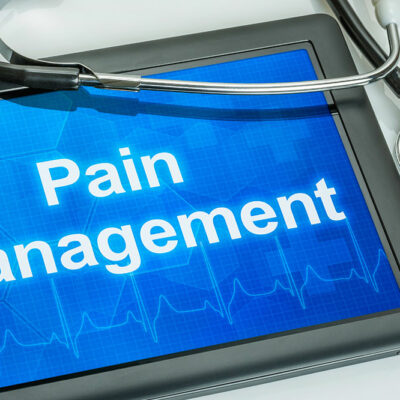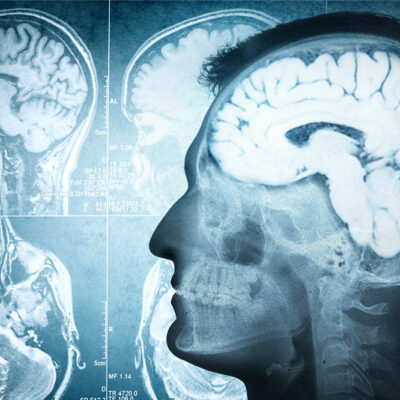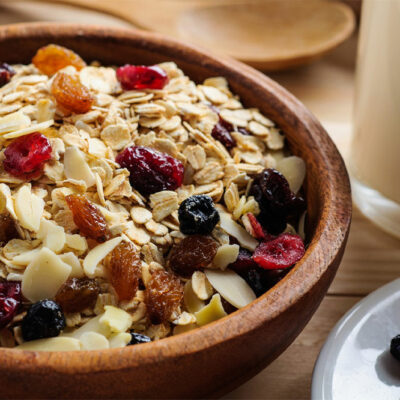
health
6 non-invasive pain manangement techniques
Pain is a signal sent by the body to the brain to indicate a problem. For instance, sharp pain in the ankle may indicate ankle sprain or even fracture, but it goes away as the muscles and bones heal. However, pain can sometimes linger for weeks or months on end, and a person may even experience chronic pain for years in extreme cases. This type of pain can be caused by a chronic illness or condition and deteriorates a patient’s quality of life. Here are a few non-invasive pain management techniques to manage and reduce the intensity of pain: Occupational therapy and physical therapy : One of the best and most effective pain management techniques is to undergo physical and occupational therapy. Physical therapy comprises exercises that improve and preserve mobility and the strength of joints and muscles. On the other hand, occupational therapy involves learning techniques to perform everyday physical activities easily without aggravating the pain. Biofeedback : Breathing and relaxation techniques are taught using a biofeedback machine. The machine converts physiological function data like blood pressure and heart rate into visual cues like blinking lights and graphs. Looking at these visualizations and modifying the output allows a person to learn how to control their body’s response to chronic pain.




















